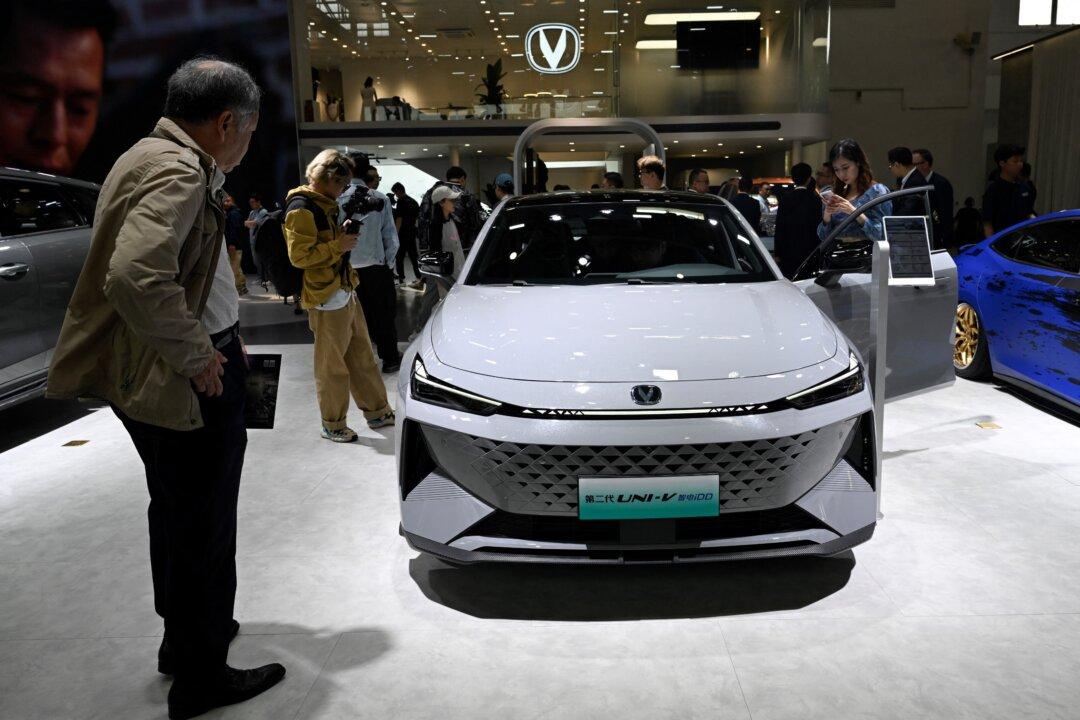President Joe Biden today announced quadrupling the Chinese Electric Vehicle tariff—from the current 25 percent to 100 percent—in a bid to protect the U.S. auto industry from a predicted upcoming flooding of cheap Chinese EVs.
The Chinese EV tsunami has been building over 15 years of state subsidies. According to a Chinese official estimate, its production capacity will reach 36 million units in 2025, while the forecasted annual sales will be only about 15 million. That means Chinese EV overcapacity will reach 20 million next year.





